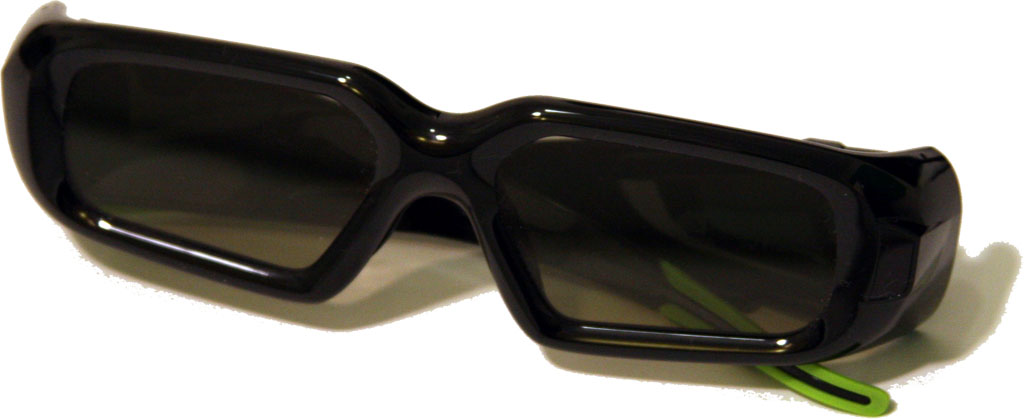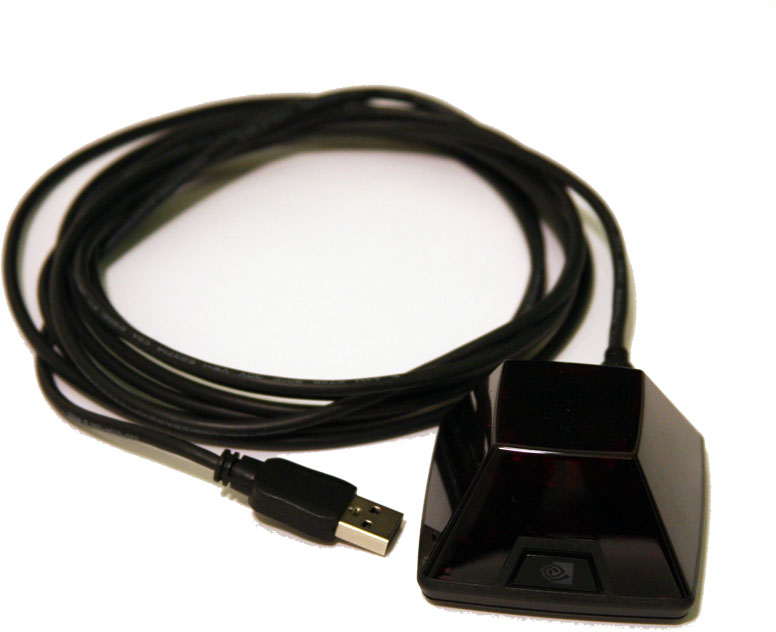Nvidia 3D Vision Surround: Is This The Future Of Gaming?
A little more than a year ago, we saw a renewed interest in stereoscopic gaming with Nvidia's 3D Vision technology. Today, the company is following up with 3D gaming across three displays. But has the 3D ecosystem improved since our last look at the tech?
Introduction
I’ve been doing this (and by this, I mean writing about technology) for almost 12 years now. When I started, having FedEx drop off a sound card sample to my dorm at UCLA was a big enough deal to make my week. Remember the Rage Fury MAXX? I couldn’t sleep for two days when that showed up in the mail (the review went up on SharkyExtreme back in ’99).
The passing of time makes the latest and greatest seem more commonplace, though. It’s not a bad thing—I still love technology. It’s just harder to get my blood pumping—though that might just be from a decade of Red Bull and Rockstar screwing up my metabolism.
With that said, unboxing a trio of Acer GD235HZ 120 Hz displays got me stoked—in a way that’d probably worry The Onion’s Juliana McKannis. And that feeling escalated when an Nvidia rep pulled up to my office with a sexy new Digital Storm machine based on an overclocked Core i7-960, two GeForce GTX 480s, and SilverStone’s Raven RV02 chassis. The purpose of the in-person drop-off: 3D Vision Surround. This was going to be good.
Truth be told, the last time I got this excited about hardware was a short three months ago, when AMD stopped by with no fewer than six monitors and a pair of Radeon HD 5870 Eyefinity 6 Edition cards. Although it was super-freaking-cool to see one PC driving 5760x2160 worth of resolution and gaming smoothly at that setting, my techo-lust was quelled by that fat, ugly bezel in the middle of all my favorite games. Those monitors have since been relegated to a corner of the Tom’s Hardware lab, and I'm still waiting for the thin-bezel Samsung screens that were first demoed nearly a year ago.
Almost without question, three displays is the way to go for gaming across multiple monitors. And if you’re bothered by the sheer wideness of a trio of 1920x1080 displays, you can always rotate your screens and put them into portrait mode, yielding 3240x1920. For the purposes of this piece, however, it’s all about 5760x1080…
…or less. Why would you drop the resolution below each screen’s native setting? Because we finally have a technology able to burn pixels in such an opulent manner that even a pair of GeForce GTX 480s in SLI struggles to keep up sometimes. Meet 3D Vision Surround—the feature Nvidia introduced alongside its GF100-based cards, but held off on releasing. It simply wasn’t ready yet, the company says. But it is now.
A Good Way To Blow Cash
Get Tom's Hardware's best news and in-depth reviews, straight to your inbox.
Eyefinity 6 is AMD’s technology for the folks who shop the duPont Registry and dine at Club 33. A pair of $500 video cards and a sextet of monitors are no small investment.
Similarly, Nvidia’s 3D Vision Surround is going to look good if you aren’t worried about disposable income. Acer’s GD235HZs are among the cheapest 24”, 120 Hz displays, and they run $400 each. Although cards as lowly as the GeForce GTX 260 support this tech, you’re really not going to want to jump feet-first into it without a couple of $500 GeForce GTX 480s. And then there’s the 3D Vision kit, which sells for $199 (each set of glasses you add runs an additional $149).
So, let’s proceed under the assumption that you’re ready to drop $2,500-ish on video cards, monitors, and glasses, and that you’re already rocking a PC able to propel this configuration forward at full speed. Or, I’ll just assume you like reading about the technology that might very well affect your next hardware purchase—it’s just that cool.
-
killerclick What are those lines between the screens? Oh yeah, it's the black plastic the monitors are made of! Three monitor gaming = FAIL.Reply -
meat81 Without sounding ignorant like killerclick, they do need to start producing mainstream monitors that have little to no bezel. If not then i might as well buy a 32-40 inch TV that does 120-240hz and go with that.Reply -
liquidsnake718 Hell you might as well go all out and connect 3 32 or 42 inch samsung series 6-8led tvs and tri sli or crossfire 5970's..... one would definitly need watercooling systems and core i7 6 core chips, with an ROG x58 board with ssd's max RAM, win 7 64bit, and 1000watts... this machine would then have to played in full airconditioning and with crazy sounds with some amps and extra lighting effects.....Reply
You would then have total fun playing games like Crysis, Resident evil, left for dead, Dirt, and Cod MW2..... one can imagine -
liquidsnake718 all for the cost of around $7500... this would last you for about 3years of fun.... then after, youd have to get rid of itReply -
gxpbecker better yet, a single fold out (nearly bezel-less) display.Reply
As the article says, this is all nice and dandy but the costs are high, to say the least. However as time passes this technology will be more affordable for us average joes. Good too see GRFX companines are pushing new toys -
gxpbecker liquidsnake718Hell you might as well go all out and connect 3 32 or 42 inch samsung series 6-8led tvs and tri sli or crossfire 5970's..... one would definitly need watercooling systems and core i7 6 core chips, with an ROG x58 board with ssd's max RAM, win 7 64bit, and 1000watts... this machine would then have to played in full airconditioning and with crazy sounds with some amps and extra lighting effects.....You would then have total fun playing games like Crysis, Resident evil, left for dead, Dirt, and Cod MW2..... one can imagineAnd will cost as much in power to run that machine as an Air COnditioner during the Houston Summer.Reply -
Onus The scales are way too big. Too much money, too much power needed (which means more money), and way too much physical space. Cost and power usage may come down, but space? In the mainstream, I'd sooner expect the VR headset to make a return.Reply -
Reynod I wish I could afford all of that hardware ... alas not.Reply
The Samsung 120HZ 24" monitor, glasses and GTX card cost us arond $780.
Played it for a few days and got sore eyes.
Gave it to the kids.
They played with the glasses for a week.
Now the glasses are in a drawer.
Not much more to tell really.
The whole experience with the glasses reminded me of:
The yoyo
The pogo stick
The hat with the beer cans on top of it and the tubes
The Bling "Gaming" case with neons that I disconnected
The Superfloppy
The external CD Burner
The ex-wife
All terribly short experiences of delight (dynamic quality) followed by a feeling of bewilderment and a sense that I had been played by a consumerist market.
C Wright Mills please save me ... from myself.
Chris ... is there a cure ? -
ravnoscc I have a question:Reply
Could you explain how the bezels are compensated for in 3D Surround mode? I am trying to imagine how having 2-3 inch spaces in between each projected image would look in 3 dimensions... Having difficulty, but maybe a short explanation? -
theroguex So long as there is a bezel, there is no point to having surround in games. None at all.Reply
Well, racing games could get away with it.



